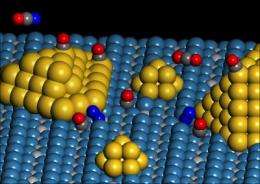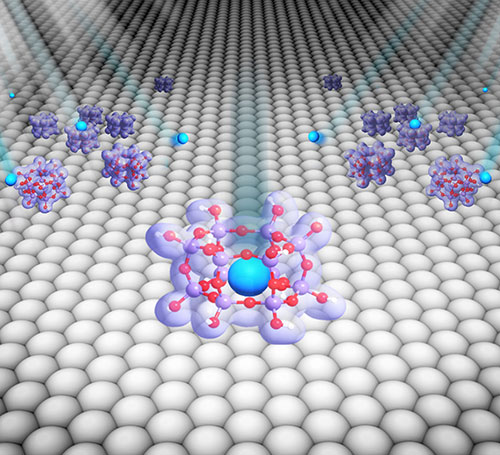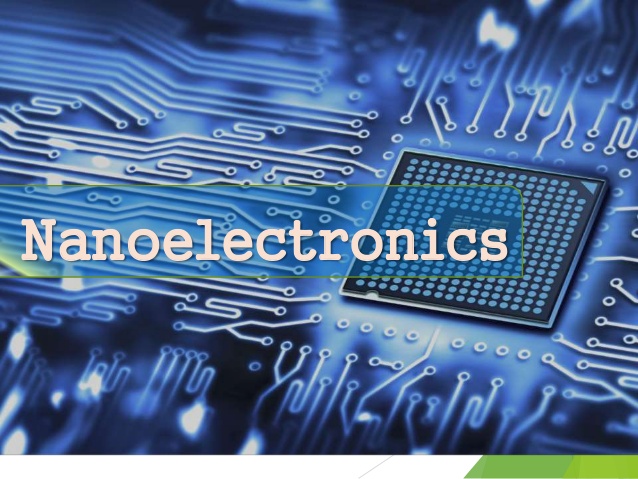_ Nanobiosensing tools section in (Nanoelectric)
Molecular nanoelectronics and nanobiosips Nano Biosip in the transport of molecules and nanoparticles
Researcher and Author: Dr. ( Afshin Rashid)
Nanobiosensors are emerging as a powerful alternative to conventional analytical techniques, as nanosensors enable highly sensitive, real-time, and high-frequency monitoring of contaminants without extensive sample preparation. Nanobiosensors are integrated into small devices for rapid screening and monitoring of a wide range of contaminants. Since a nanobiosensor is an analytical device, used to detect a chemical, it is a combination of a biological component with a physicochemical detector. The sensitive biological element , e.g. tissue, microorganisms , etc., is the material component or biomimetic that interacts with the nanoparticles.
A biosensor typically consists of a bioreceptor (enzyme/antibody/cell/nucleic acid/aptamer), a transducer component (semiconductor/nanomaterial), and an electronic system that includes a signal amplifier , processor, and display. The transducers and electronics can be combined , for example, in CMOS-based microsensor systems . The detection component, often referred to as a bioreceptor, uses biomolecules from living organisms or organisms modeled after biological systems to interact with the analyte of interest. This interaction is measured by a transmembrane transducer that produces a measurable signal proportional to the presence of the target analyte in the sample.
Conclusion:
In, the dynamic process of sorting and precise positioning of nanoparticle biomasses into predefined microstructures is crucial, however, it is a major obstacle to the realization of surface-sensitive nanobiosensors and practical nanobiochips.
Researcher and Author: Dr. ( Afshin Rashid)
Specialized PhD in Nano-Microelectronics






